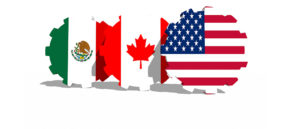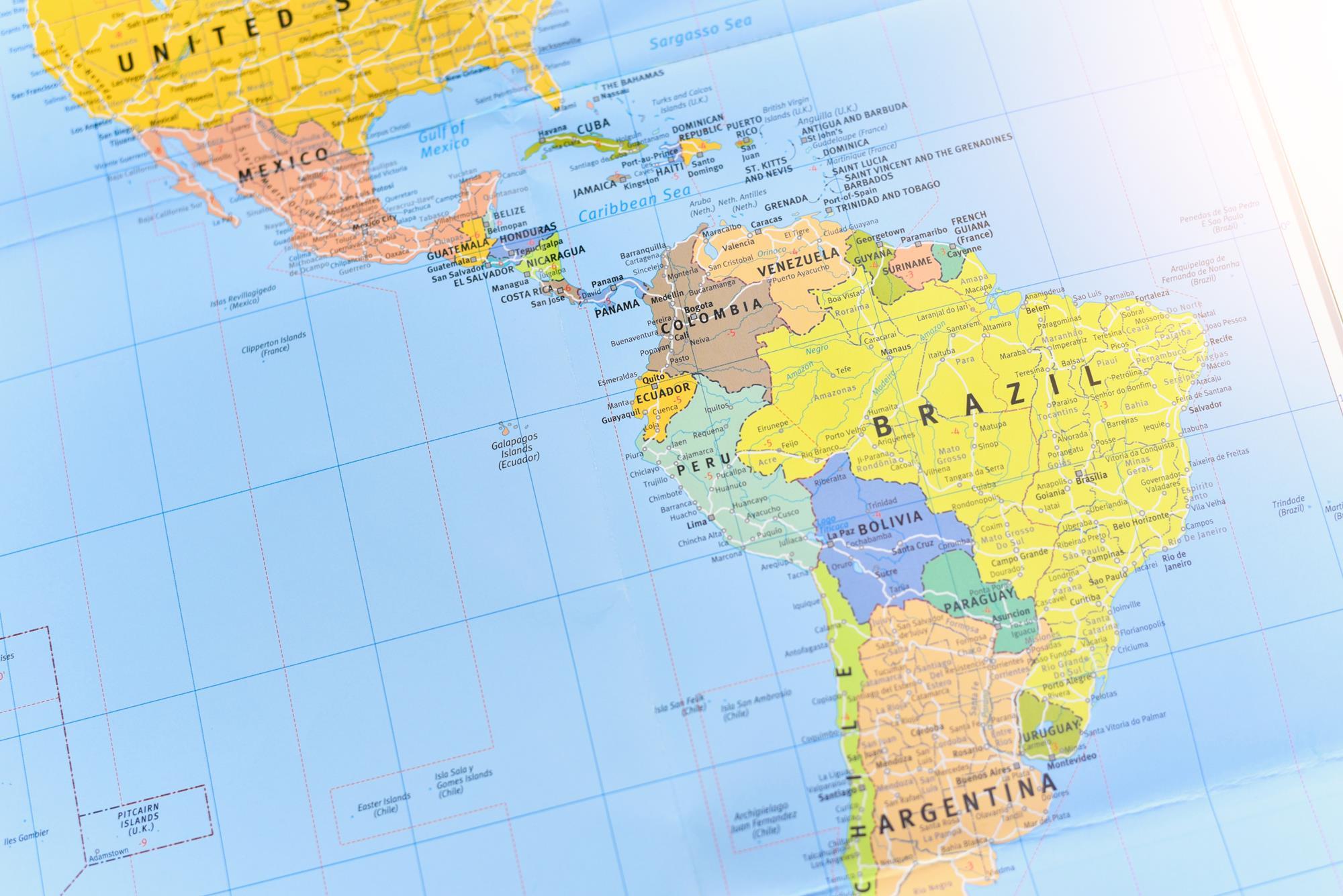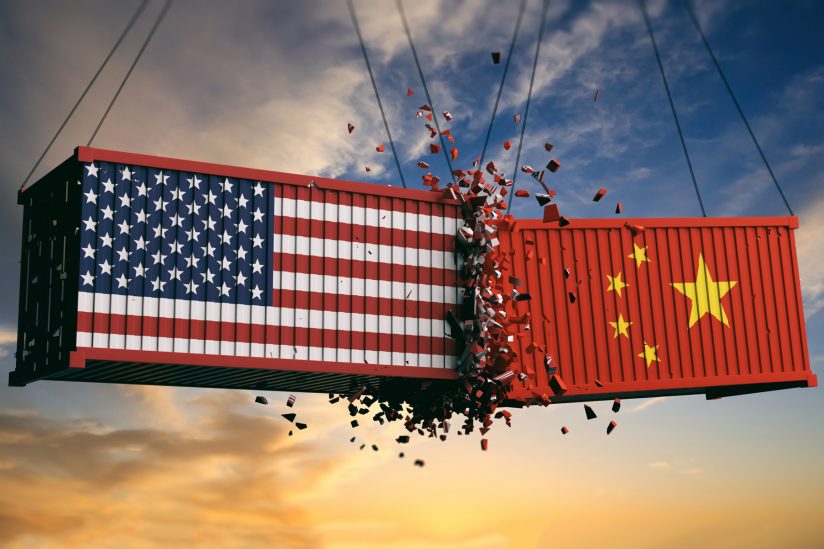The revised NAFTA deal relieves uncertainty for Canada and avoids a possible Mexican barrier to ratification. But what does it really mean for the three countries involved—or for trade tension with China?

The US and Canada over the weekend reached agreement on a NAFTA rewrite that will in future be called the “US-Mexico-Canada Agreement,” a name in desperate need of an acronym. The timing of the agreement was important, as it means Mexico’s outgoing president, Enrique Peña Nieto, can sign it before Andrés Manuel López Obrador—a bit of a wild card on trade policy—takes office later this year (the US and Mexico struck an agreement a few weeks ago).
But what does the new deal really mean? Will it help or hurt when it comes to US-China trade relations? Should we expect it to have any effect on the global drift toward protectionism?
Here are the main takeaways, as we (AB) see them:
For the US, the changes are trivial. Perhaps the most heralded change—in the US, at least—is one that gives US producers greater access to Canadian dairy markets. The rewrite also preserves a joint mechanism to resolve trade disputes without using the US legal system and shields Canadian auto producers from any future US auto tariffs.
The most representative change, though, may be this one: Canadians can now carry $100 of US goods across the border duty-free, up from $20 under the old agreement. If these sound like small numbers, it’s because they are. There is no reason to change US economic forecasts as a result of the deal. The White House may claim the accord is a game-changer. But in economic terms, it simply isn’t.
The deal removes uncertainty in Canada. For Canada, the stakes of a NAFTA rewrite were always higher, since the country is much more reliant on trade than the US. Keeping the basic contours of NAFTA in place should allow business investment that may have been delayed as a result of the negotiations to proceed. That should reduce the downside risk for the Canadian economy.
The path to ratification looks smooth. All three parties can sign the deal within 60 days. That gives Mexican President Peña Nieto enough time to sign before leaving office. US Congressional approval probably won’t come before 2019. Yes, that’s after next month’s midterm elections. But this rewrite simply doesn’t deviate much from the status quo and should be unobjectionable to whichever party controls Congress.
Will it improve US-China relations? Don’t hold your breath. The US’s relationship with China is far more complicated than its relationship with Canada. And the stakes, when dealing with China, are considerably higher. China has leverage over the US through its reserve holdings and currency policies that Canada doesn’t have. We wouldn’t rule out an agreement being reached with China, but the US-Mexico-Canada Agreement is unlikely to provide a template for it. The trade issues facing the US and China will require a separate negotiation that will have to proceed along its own course.
Global trade tensions aren’t going away. The retreat from free trade has much to do with the rise in populism around the globe. It’s not an isolated policy change in any particular country or region. Populist policies have gained ground, and protectionism is a classic populist policy. Sometimes, countries will find a way to ease trade tensions even in a populist environment. But rethinking trade policy is on the international agenda today in a way it hasn’t been for decades. We don’t expect that to change any time soon.








